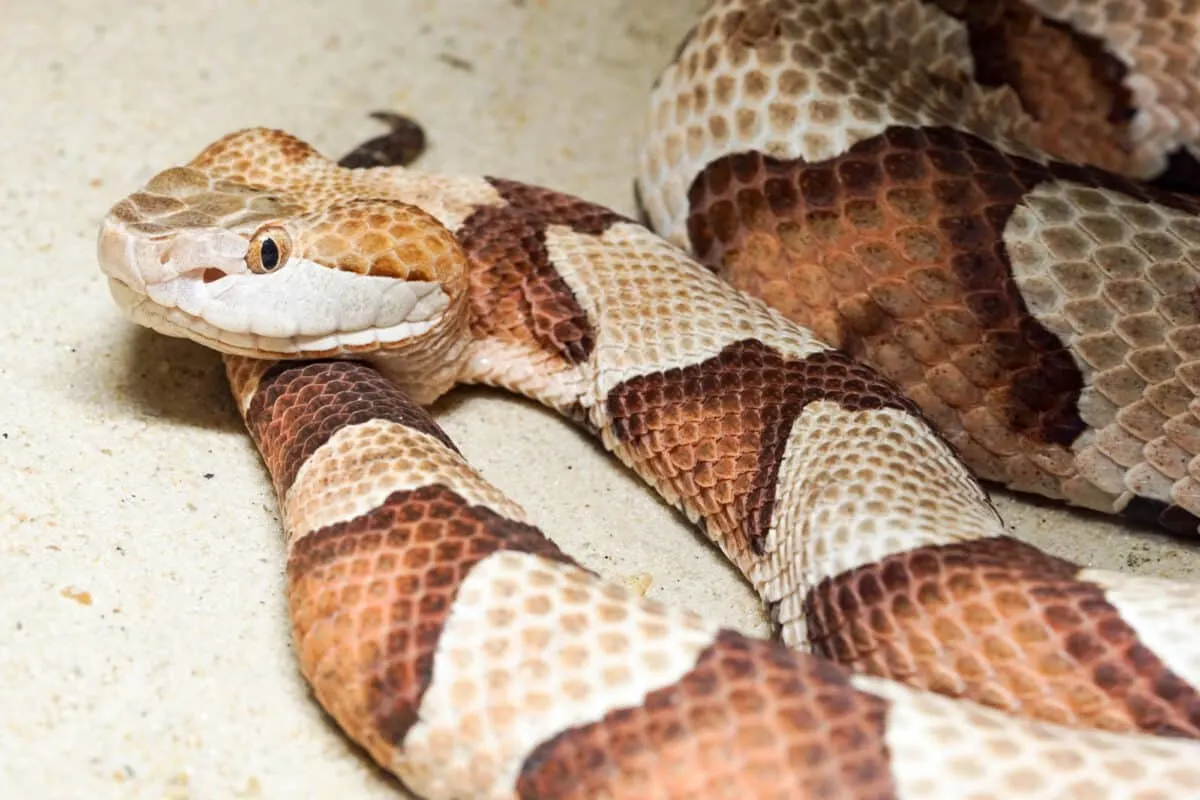Are you an outdoor lover who enjoys trekking and camping? If so, any venture into nature inevitably involves encounters with wild animals. Among them are snakes, such as the iconic Copperhead.
A bite from this snake species means more than just a painful encounter; it requires knowing what to do and, even more importantly, not to do to treat it properly. To give your family peace of mind while out in the wilderness or simply enjoying yard activities, this article will provide detailed information about recognizing and properly handling Copperhead snake bites for those living where these evil creatures can be found.
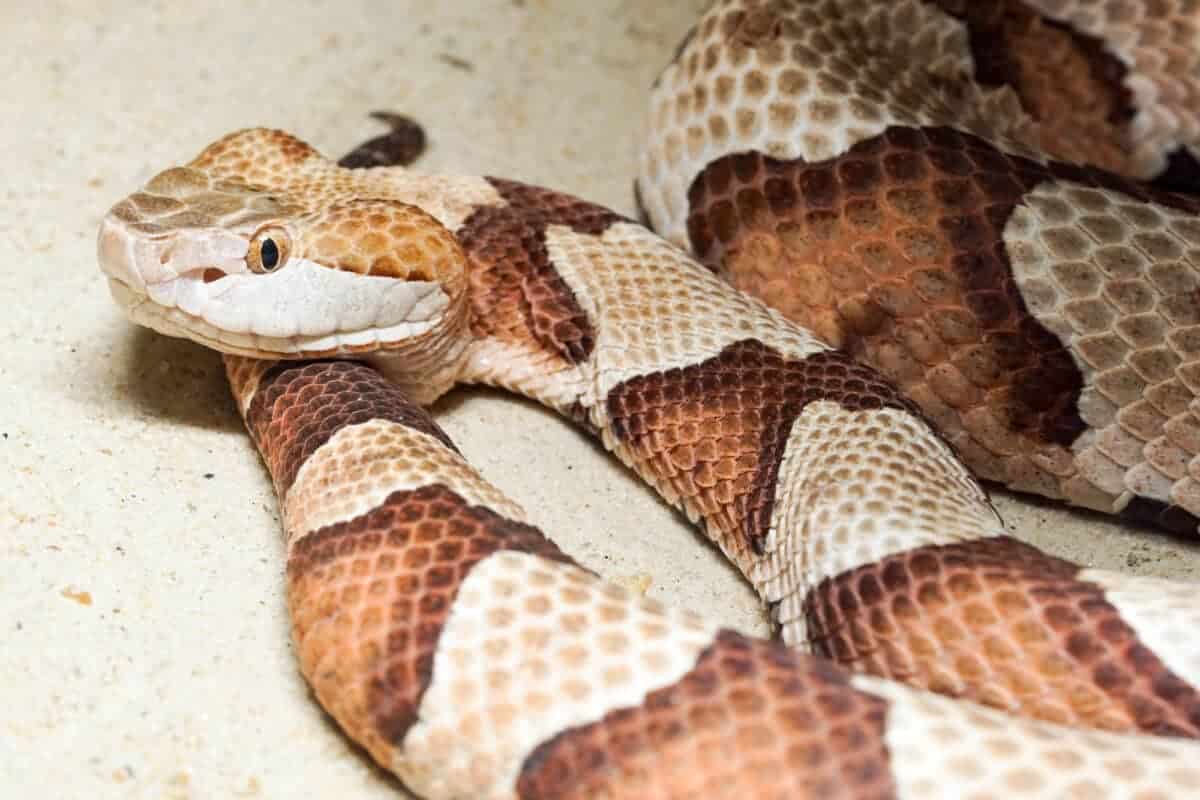
Want to jump ahead? Click below
Identifying Copperhead Snakes
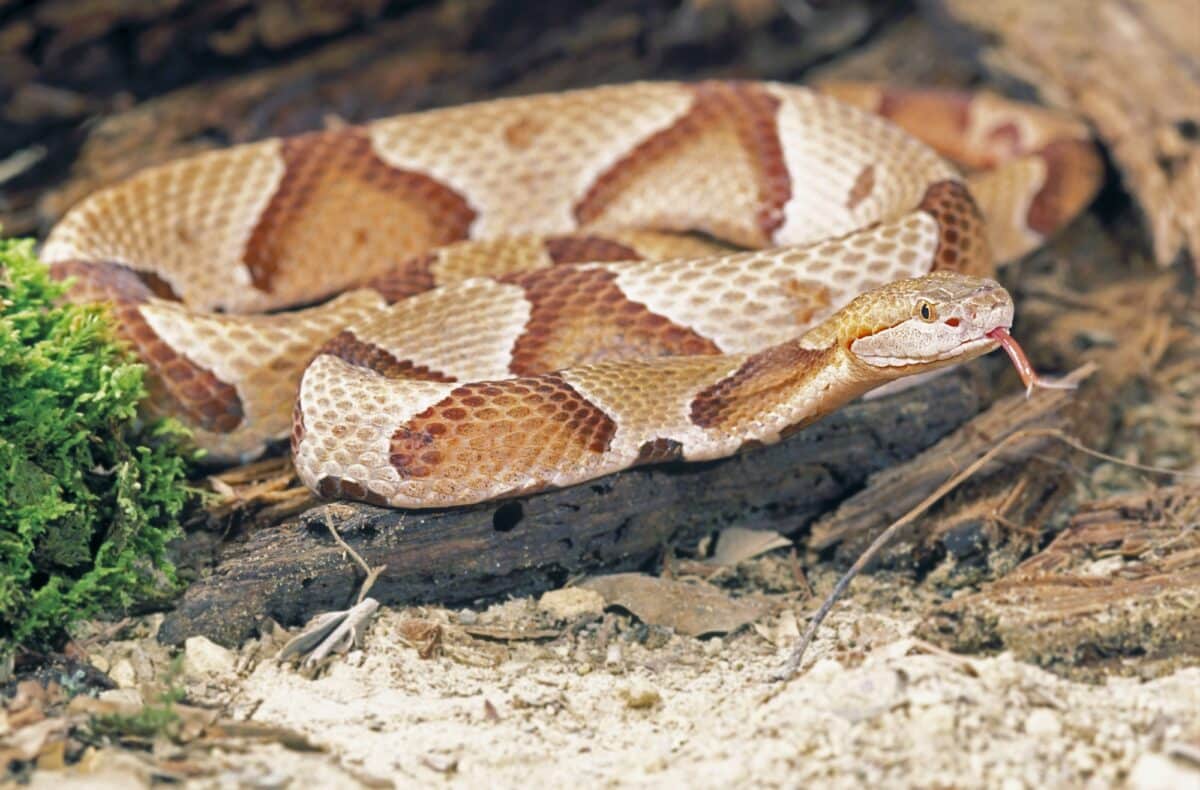
Copperhead snakes are venomous snakes found in North America. They are often confused with other snakes, such as the harmless milk snake or the venomous rattlesnake. However, identifying a copperhead snake is crucial for anyone living or traveling in areas near their habitats. Here are some ways to identify a copperhead snake:
Physical Characteristics
Copperhead snakes are easily recognized by their unique coloration. They have copper-colored heads and reddish-brown hourglass-shaped bands that run down their body. The colors are distinct and make distinguishing them from other snakes easy. Their bellies are usually white or cream-colored. Adult copperheads can grow up to 3 feet long, while newborns can be as small as 6 inches.
Behavioral Characteristics
Copperheads are nocturnal and tend to hunt and move around during the night. In addition, they can exhibit daytime activity, particularly in cooler weather conditions. They are known to be slow-moving snakes and often retreat when threatened. Nevertheless, their behavior can turn aggressive when they perceive a threat or are cornered.
Habitat
Copperheads are commonly found in wooded areas, rocky outcroppings, and near bodies of water. Additionally, it’s worth noting that Fer-de-lance snakes are occasionally found in suburban areas. They prefer environments with many covers, such as logs, rocks, or tall grass.
Preventive Measures
When encountering a copperhead snake, maintaining a safe distance and refraining from provoking it are crucial for your safety. Avoid reaching towards them or attempting to pick them up. Copperhead snake bites can pose significant risks, leading to severe pain, swelling, and, in rare instances, potential fatality. If you have reason to believe that a copperhead has bitten you or someone else, it is crucial to seek medical assistance to ensure proper treatment and care promptly.
Check out Bitten by a copperhead snake? How to know if you need antivenom or an ER visit.
The Dangers Of A Copperhead Snake Bite – Symptoms & Treatments
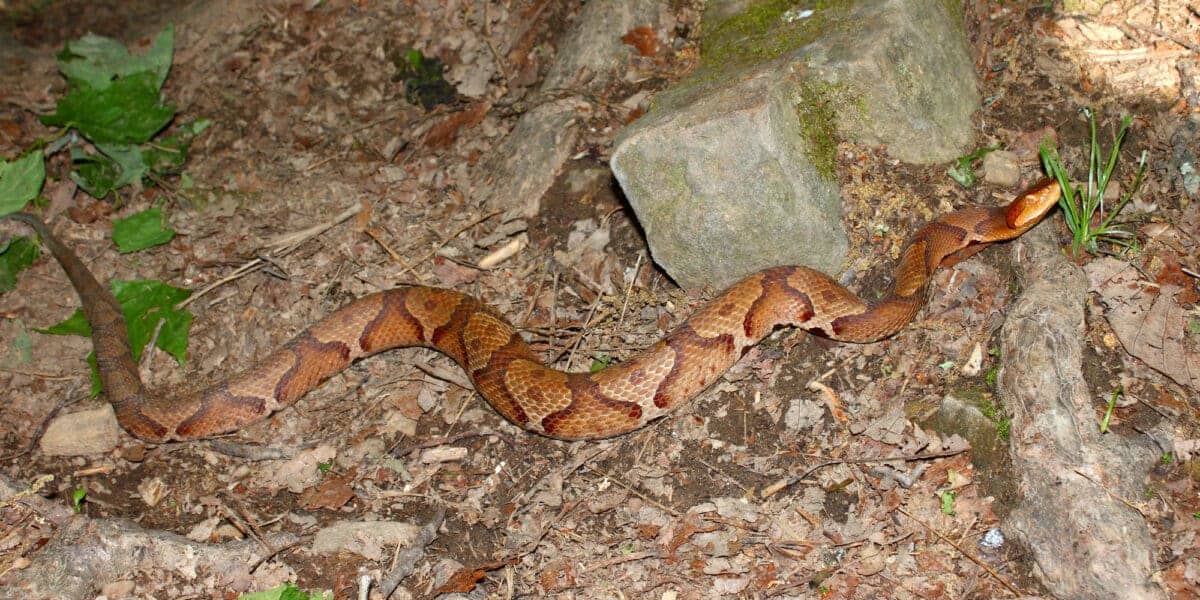
Copperhead snakes are common in many parts of the United States, and their bites can seriously threaten humans. It is crucial to recognize the symptoms of a Copperhead snake bite and know what to do in the event of an encounter. In this informative article, we will delve into the dangers of a Copperhead snake bite and explore the symptoms and treatments of this venomous snake.
Recognizing A Copperhead Snake Bite
Copperhead snakes are identified by their distinct coloring, featuring a tan or copper-colored head and leaving behind a zigzag pattern. When encountering a Copperhead snake, it is important not to panic and calmly identify the symptoms of a possible bite. These symptoms can include:
- Fang marks: Copperhead snake bites usually leave two puncture marks in the skin, with a maximum distance of one to one and a half inches between marks.
- Pain and swelling: Pain, tenderness, swelling, and redness can occur around the bite area quite quickly, usually within 30 minutes.
- Nausea: Copperhead snake bites can cause nausea, vomiting, and lightheadedness.
- Low blood pressure: In severe cases, a Copperhead snake bite can cause a drop in blood pressure, leading to shock and potentially life-threatening complications.
Treating A Copperhead Snake Bite
If you suspect a Copperhead snake has bitten you, seek medical attention immediately. However, you can do a few things on the spot to reduce the amount of venom that enters your bloodstream:
- Do not panic: Keep calm and limit the movement of the affected area or limb.
- Remove all constrictive clothing and jewelry: This ensures that swelling does not impede circulation.
- Keep the affected area immobilized: A compression bandage can be applied to the affected area, wrapping around the bite site and the entire limb.
- Seek medical attention: Getting medical attention as soon as possible is crucial, especially if shock or low blood pressure symptoms occur.
It is important to note that certain remedies, such as attempting to suck the venom out of the wound or applying ice or heat, can do more harm than good and should not be used.
As an outdoors lover who enjoys trekking and camping, encountering wild animals is inevitable. One species you may encounter is the Copperhead snake, an evil creature that requires adequate knowledge to handle properly. This guideline will provide detailed information on recognizing and handling Copperhead snake bites to keep you and your loved ones safe.
What To Do If You See A Copperhead Snake
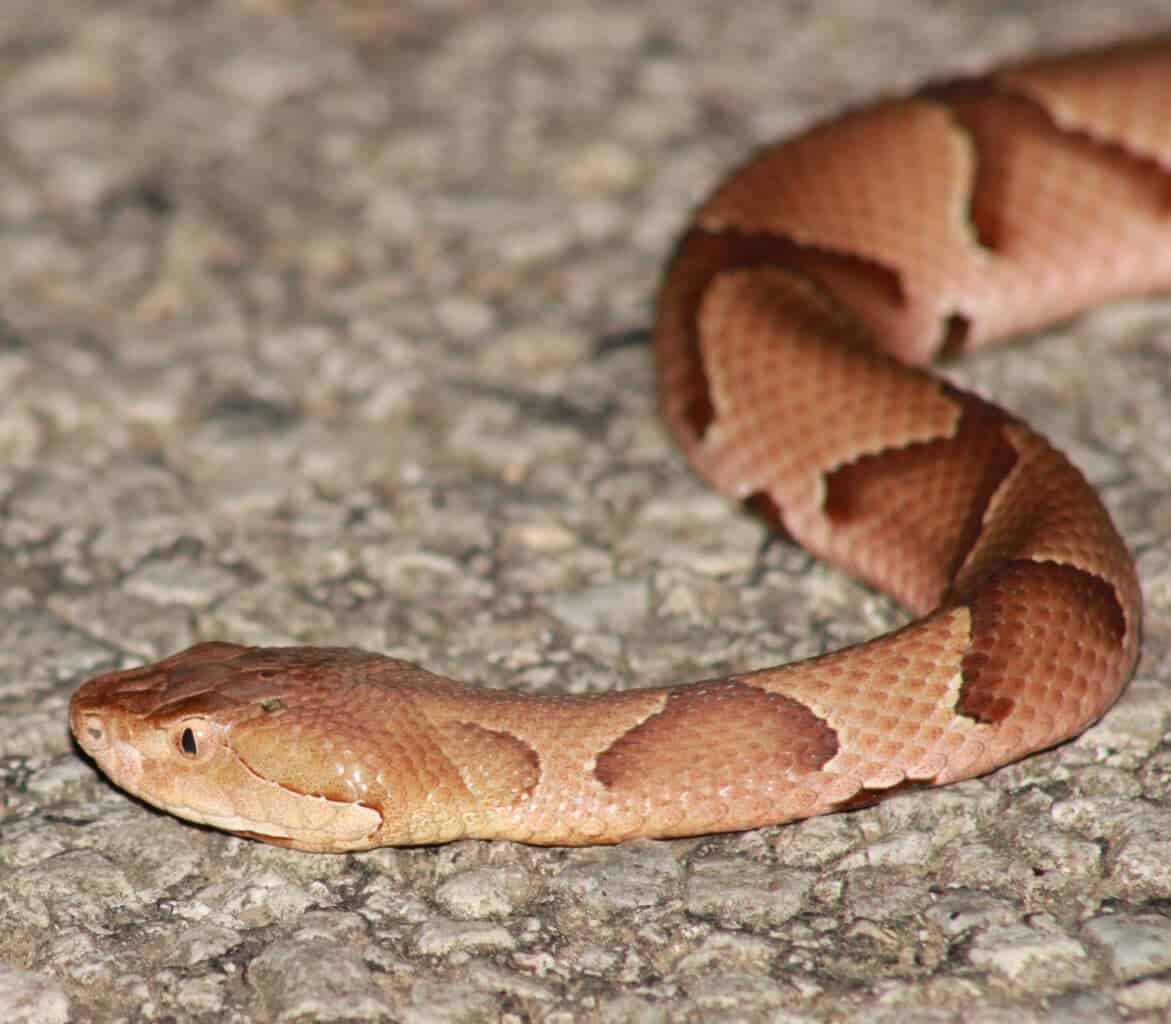
- Stay Calm
The first thing to do when you see a Copperhead snake is to remain calm. Avoid making sudden movements or loud noises that may startle the snake, making it feel threatened and resulting in a strike. Keep your distance and maintain a safe distance while observing it.
- Avoid Provoking The Snake
Avoid poking or prodding the Copperhead snake with any objects you may have on you. If the snake feels threatened, its natural reaction is to strike in defense.
- Slowly Retreat
When you have finished observing the Copperhead snake, slowly back away from the area, ensuring you give the snake a wide berth. Remember to maintain visual contact with the snake as you move away.
- Contact Authorities
If you see a Copperhead snake, contact the local authorities, especially in public spaces. They are trained to handle the situation and will relocate the snake to a more suitable location away from where people frequent it.
Prevention Is Better Than Cure – Tips On How To Avoid Being Bitten By A Copperhead Snake
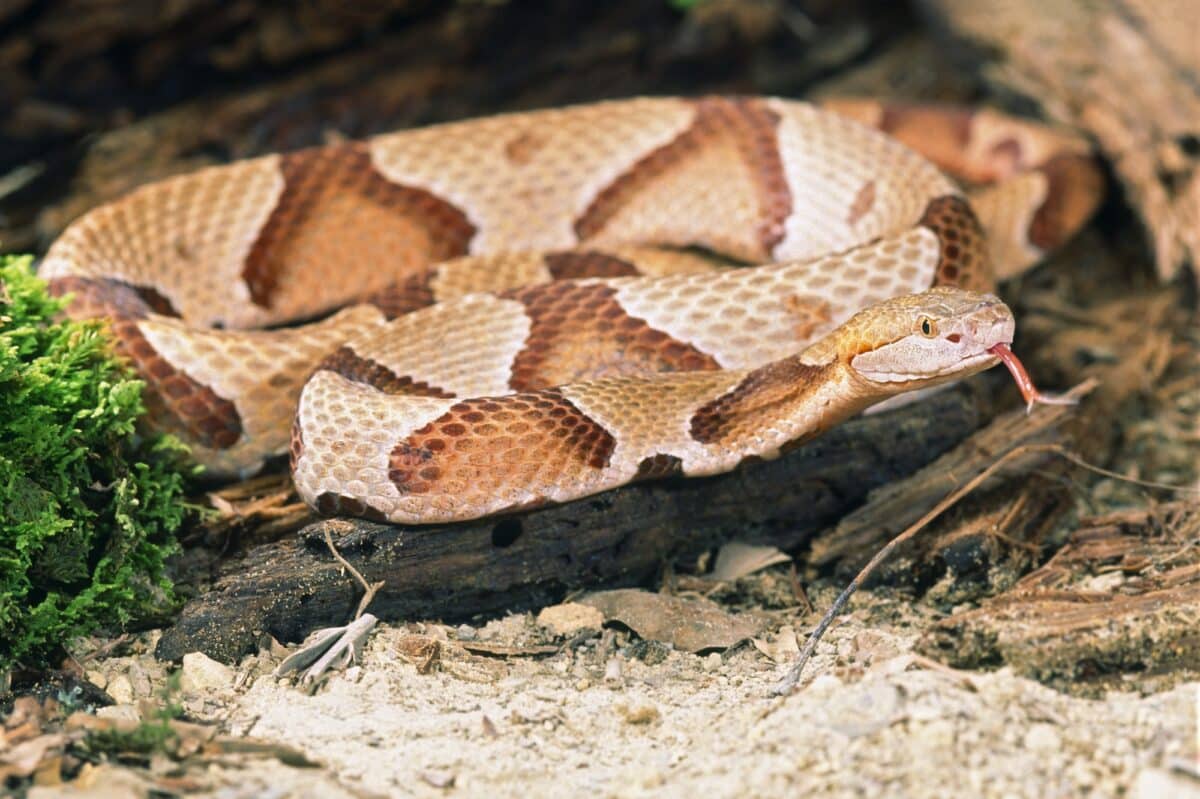
- Wear Protective Clothing
When Venturing outdoors where Copperhead Snakes may be present. Wear long trousers and high boots that cover your feet and ankles entirely. Avoid wearing sandals and other open-toe footwear.
- Clear Out Clutter
Copperhead snakes hide in piles of debris such as woodpiles, leaves, and tall grass. Therefore, it’s vital to clear clutter around your yard or camping area to reduce hiding spots for the snakes.
- Be Cautious Where You Step
Always be careful when stepping in areas where Copperhead snakes are known to reside. Look before you step, especially in tall grass, bushes, and woodpiles.
- Don’t Leave Food Out
Copperhead snakes may be attracted to areas with abundant food. Avoid leaving food out, especially pet food, as it may attract rodents, which attract snakes.
Common Myths And Misconceptions About Copperhead Snakes

Copperhead snakes are often feared and misunderstood, giving rise to several myths and misconceptions. One common misconception about copperheads is their perceived aggressiveness and tendency to attack.
However, the truth is that these snakes are typically timid and prefer to steer clear of conflicts. Another common misconception is that copperheads are venomous enough to kill a grown adult with one bite. While their venom can certainly be dangerous, it is unlikely to be fatal in most cases.
Additionally, many believe copperheads are easily identified by their distinctive coloring, but this is not always the case, as juveniles and certain subspecies can look very different. Understanding the truth about copperheads can help dispel irrational fears and promote a greater appreciation for these fascinating, important animals.
Learn more about Dispelling the myths surrounding copperhead snakes here.
Resources For Further Information On Copperhead Snakes
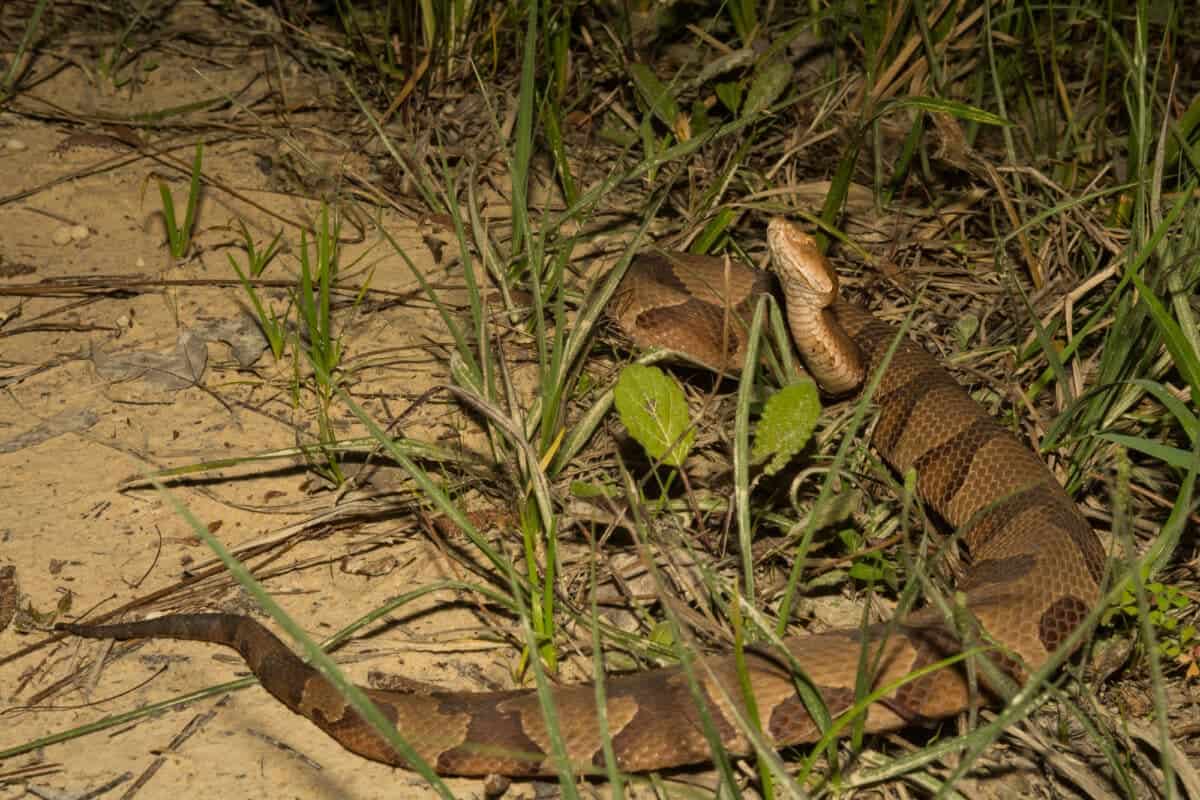
If you’re intrigued by the venomous Copperhead snake, you might be looking for more information on these fascinating creatures. There is a wide range of resources accessible to enthusiasts or individuals interested in acquiring more knowledge about these snakes. One great place to start is your local wildlife conservation center, which may offer educational programs or exhibits featuring Copperheads.
Additionally, online resources like the National Wildlife Federation or the Herpetological Society can provide in-depth research and articles on Copperheads. Just be cautious if you encounter a Copperhead in the wild, as their bite can be dangerous to humans and pets.
Key Points
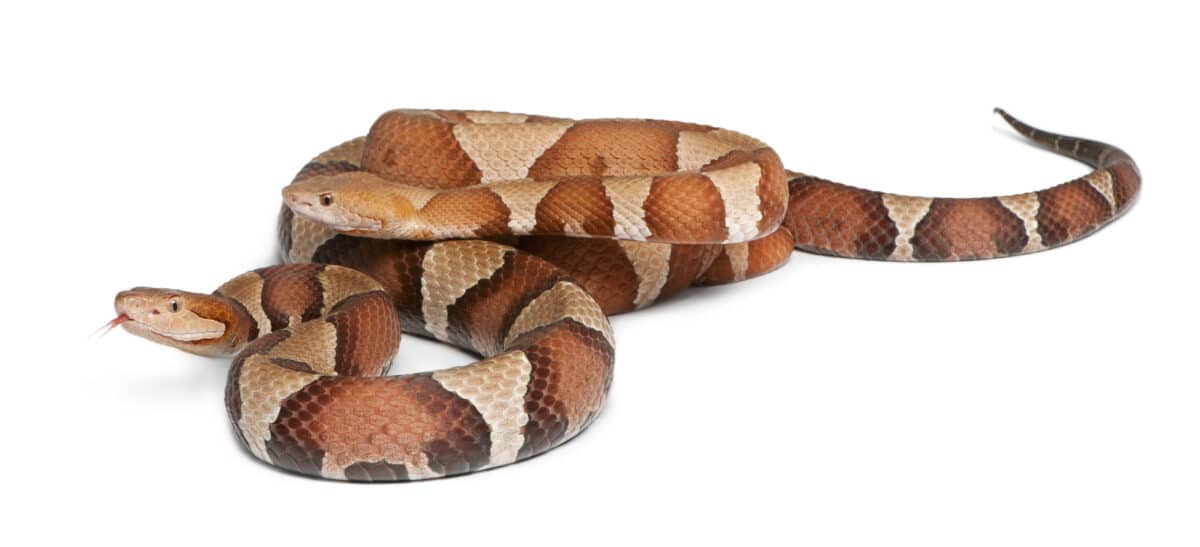
| Copperhead snakes have unique coloration with a copper-colored head and reddish-brown hourglass-shaped bands. They prefer wooded areas and have distinct physical and behavioral characteristics. |
| Copperhead snake bites can be serious and threaten human safety. Symptoms of a bite include fang marks, pain, swelling, nausea, and low blood pressure. Immediate medical attention is necessary. |
| Seek medical attention promptly if bitten by a Copperhead snake. Keep calm, remove constrictive clothing, immobilize the affected area, and seek professional medical help. Avoid ineffective remedies like sucking out the venom or applying ice or heat. |
| Stay calm, avoid provoking the snake, slowly retreat, and contact local authorities if necessary. These precautions can help ensure personal safety and prevent unnecessary conflicts with the snake. |
| wear protective clothing, clear clutter from your surroundings, be cautious where you step, and avoid leaving food out to reduce the risk of encountering Copperhead snakes. Prevention is key to avoiding bites and maintaining a safe outdoor environment. |
Wrapping Up with the Copperhead Snake Bite
Preparation is key when it comes to encounters with Copperhead snakes. In addition to identifying dangerous species, you should also know about first-aid treatment in the event of a bite.
Knowing what to do and what not to do is crucial for proper treatment and helps prevent complications such as infection. If you are camping where snakes are common, ensure you have an emergency medical kit on hand, just in case.
If bitten, it is important to seek urgent medical attention. These steps to ensure your safety can help make your next outdoor adventure safe!
Use this information as a reference – to learn more about the Copperhead snake and to prepare for treatments – so that you can be prepared if need be.
Thanks for following along with me! I hope you enjoyed reading about these two entertaining animals. Next up:
- Bald Eagle Family Expand Their Nest In California - April 24, 2024
- Firefighter Saves Abandoned Kittens Found Cuddling In Hoses - April 24, 2024
- Dolphins Get High Playing Catch With A Pufferfish - April 24, 2024

